Gallery: A Retrospective On Aviation Week Network's Laureate Award Winners (1950s - 2020s)
Aviation Week Network Staff November 12, 2024
1957: Boeing Airplane Co.
For rolling out and flying its first production line version of the 707 jet transport.

1958: McDonnell Aircraft Corp., Pratt & Whitney Aircraft And USAF Maj. Adrian Drew
For combining to bring the world speed record back to the U.S. with the F-101A and its 1,207 mph performance at Edwards AFB, California.

1959: Brig. Gen Homer Boushey, USAF Director Of Advanced Technologies
For his persistent, articulate and courageous exposition of a military space program.

1960: C.L. “Kelly” Johnson, Lockheed Vice President For Advanced Developments
Belated recognition for his superb job of designing the special purpose, high altitude U-2 reconnaissance plane that was able to photograph the Soviet Union for four years without interference.
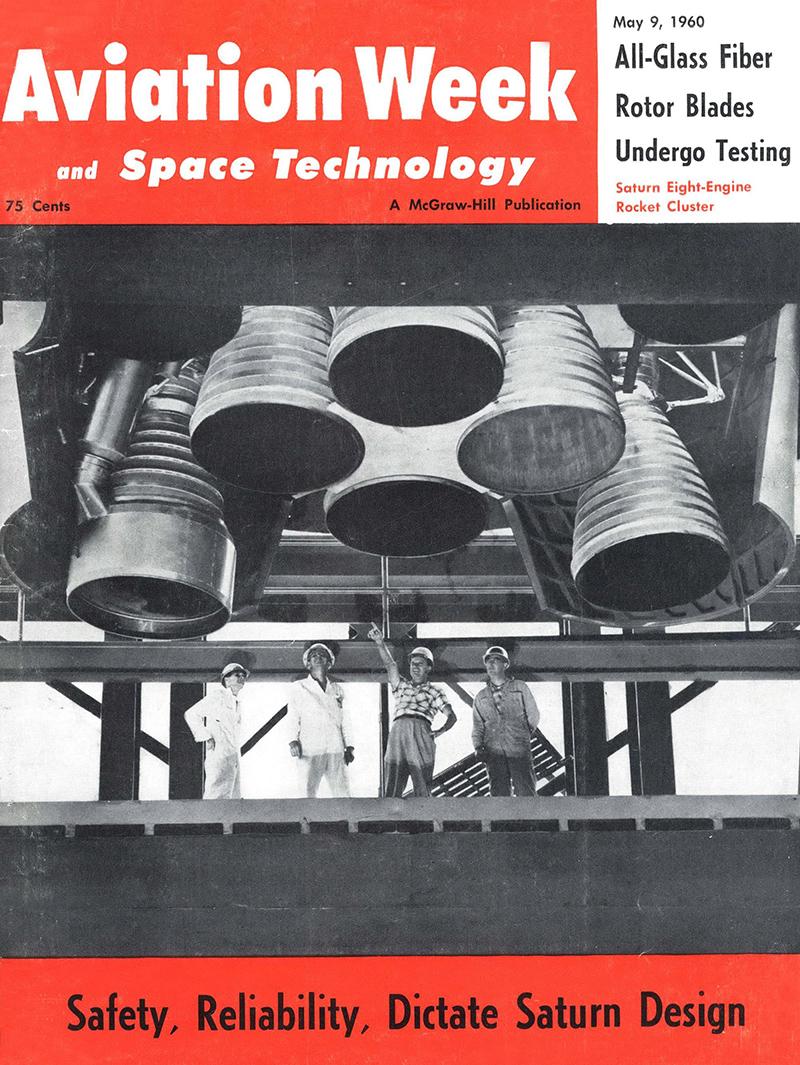
1961: Vice President Lyndon B. Johnson
For his success in providing the U.S. space program with national priority and at last expressing the nation’s determination to compete against all comers in space technology.
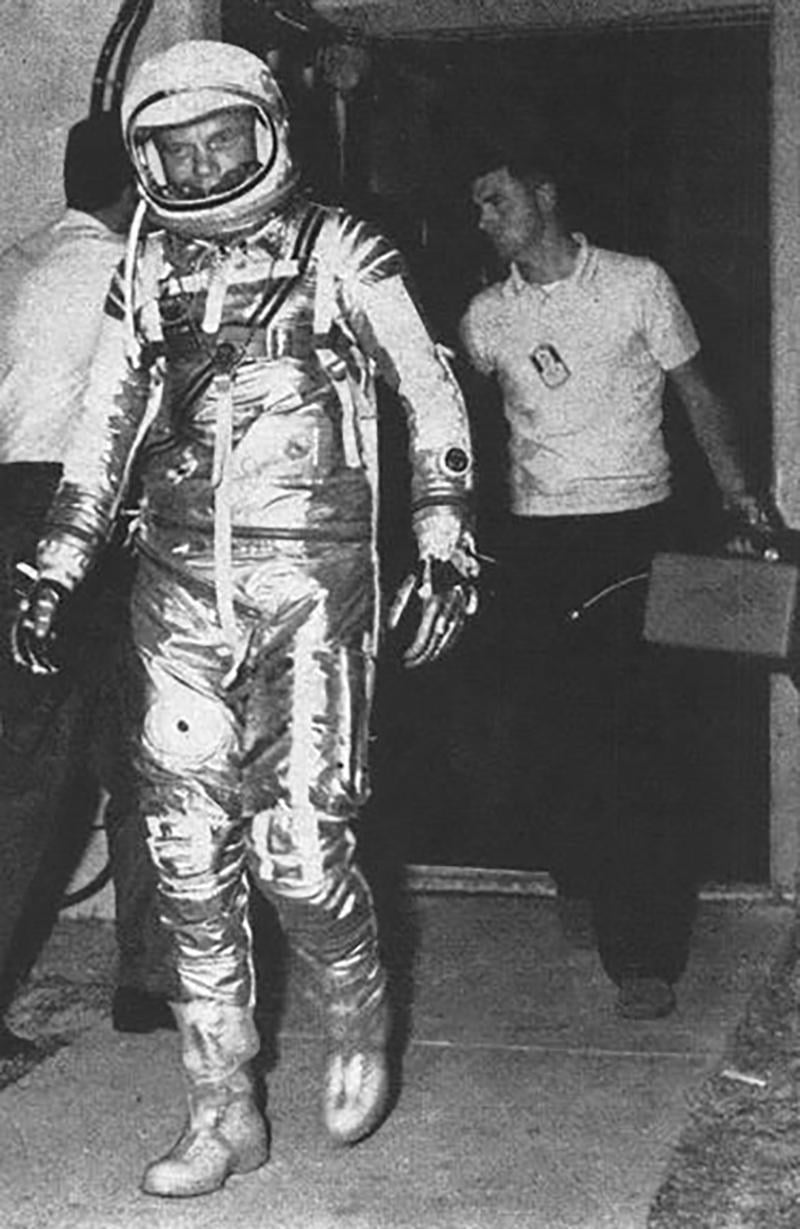
1962: NASA Astronauts John Glenn, Scott Carpenter And Wally Schirra
For their successful orbital flights in McDonnell Mercury capsules, which confirmed the growing U.S. capability in manned space flight and laid the basic foundation for the Apollo moon mission.

1963: Bill Lear
For having the zest to abandon one fabulously successful career to launch another that developed the latest executive jet aircraft.

1964: U.S. Army and USAF Helicopter Pilots In Vietnam
To fight a fierce shooting war against the spearhead of communism.

1965: NASA Astronauts Wally Schirra And Tom Stafford
For piloting Gemini 6 to achieve the first sustained rendezvous in manned space flight.

1966: Frank VerSnyder, Pratt & Whitney Aircraft
For developing the casting process that allows a turbine blade to be made as a single crystal and marks a major advance in high-temperature jet metallurgy.
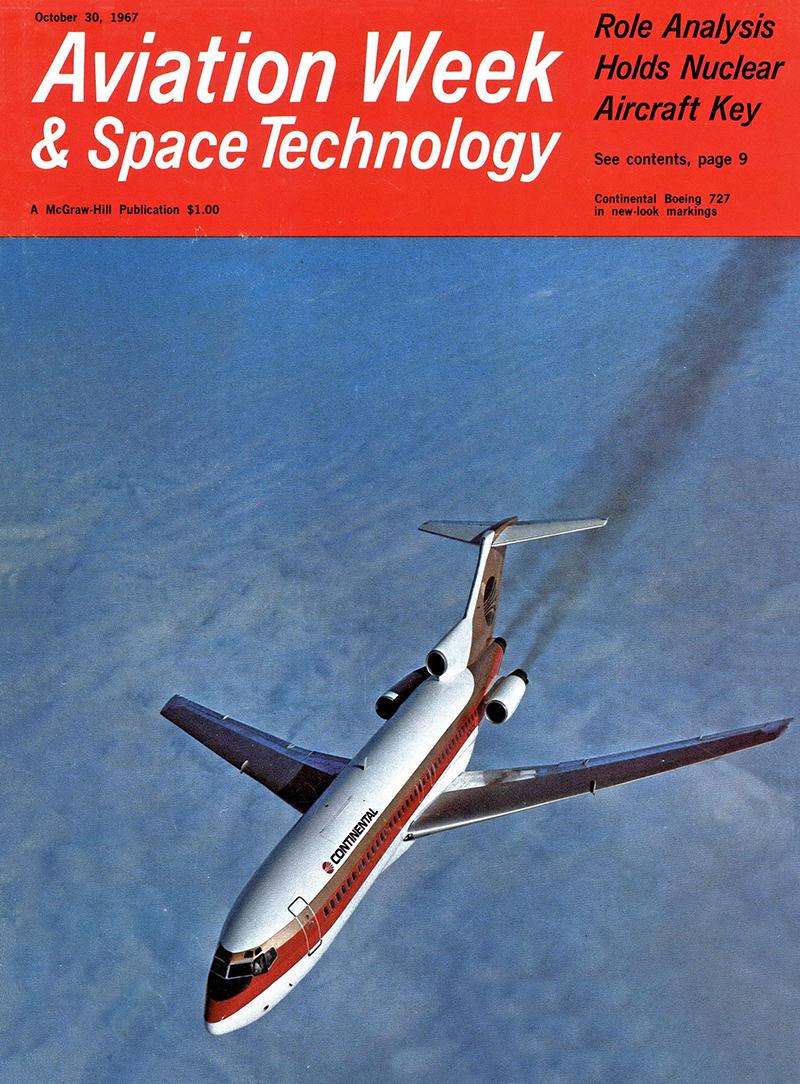
1967: U.S. Airmen and Their Supporting Crews
For fighting the bloody and bitter air war over Southeast Asia in which the rules and restrictions imposed by their Commander-in-Chief forced them to take more risks than necessary.

1968: Air Traffic Controllers
Whose skills and dogged efforts at major airports keep an obsolete and overloaded air traffic control system working in relative safety.

1969: Apollo Program Managers
For a program that culminated with manned landings on the moon, the greatest technological feat in aerospace history.

1971*: Henri Ziegler, President, Aerospatiale
For pushing the Concorde supersonic transport as a valid commercial aircraft by actual performance in dramatic flights to Africa, South America and the Azores.
*There were no Laureate Awards in 1970
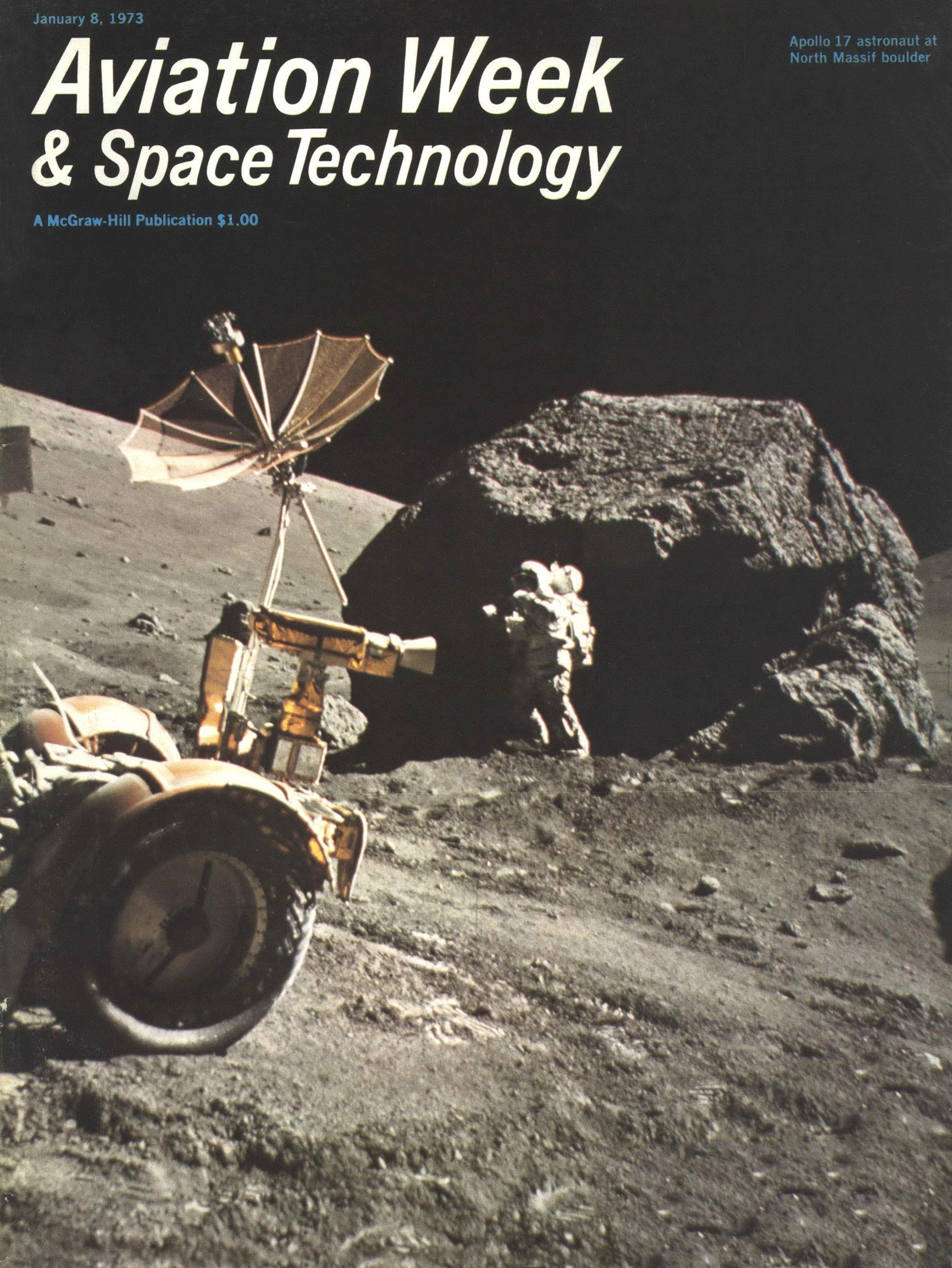
1972: Dr. Harrison H. Schmitt, NASA Astronaut
For his work on the lunar surface during Apollo 17 as the first astronaut-geologist in space.

1973: Skylab Team
For operating around malfunctions to keep the Space Station functioning through three scientifically productive missions that otherwise would have been abandoned.

1974: Clarence L. “Kelly” Johnson, SCP and Head of Advanced Development Projects, Lockheed Aircraft Corp.
For more than 40 years of pioneering design of high-performance fighters and reconnaissance aircraft, including the P-38, P-80, F-104, U-2 and SR-71.

1975: John E. Krings, McDonnell Douglas Test Pilot
For outstanding test piloting and unusually rigorous spin testing of the U.S. Air Force/McDonnell Douglas F-15 advanced air superiority fighter.

1976: Jim Martin, NASA Project Manager
For direction of the Viking double Mars landing program, one of the most imaginative and successful programs in the history of the space age.

1977: Sergei Ilyushin, Russian Aviation Pioneer
For his lifetime of contributions to Russian aviation, from the World War II-era Il-2 Stormovik to the Il-62 jet transport that opened Moscow-New York airline service.

1978: Bob Daniell, Executive Vice President, Sikorsky
For his role in the conception and development of the S-76 commercial helicopter to initial deliveries to customers in 1978.

1979: USAF Brig. Gen. Robert A. Rosenberg, National Security Council
For convincing U.S. President Jimmy Carter to inject $1 billion into NASA’s underfunded space shuttle program.
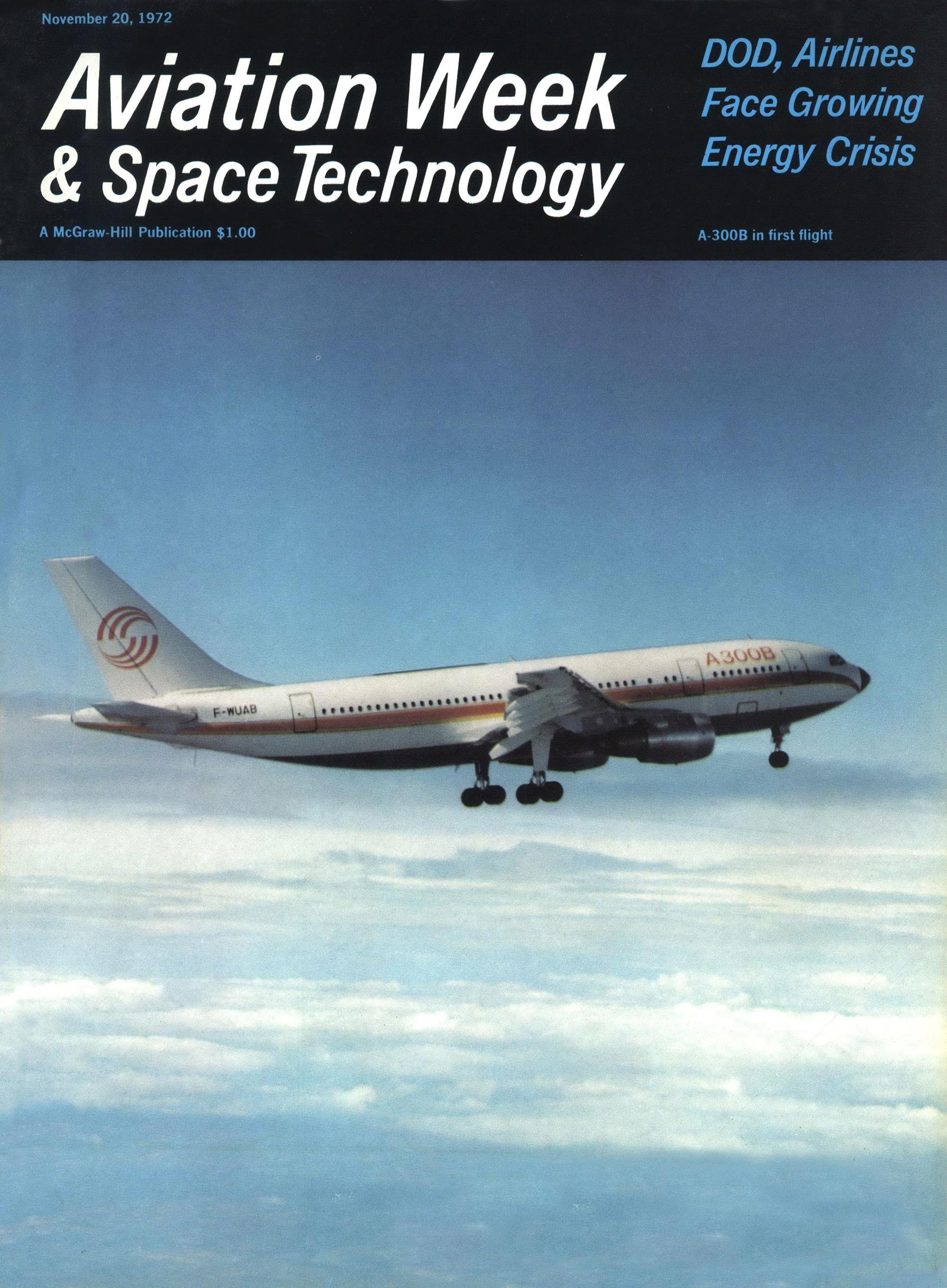
1980: Felix Kracht, Senior Vice President, Airbus Industrie
For forging the system that raised production rates for the A300 within a European labor system that prohibited layoffs to deal with short-term fluctuations in demand.

1981: John Young and Bob Crippen, NASA Astronauts
For flying the space shuttle orbiter Columbia into orbit to make the historic first airplane-type landing of a spacecraft.
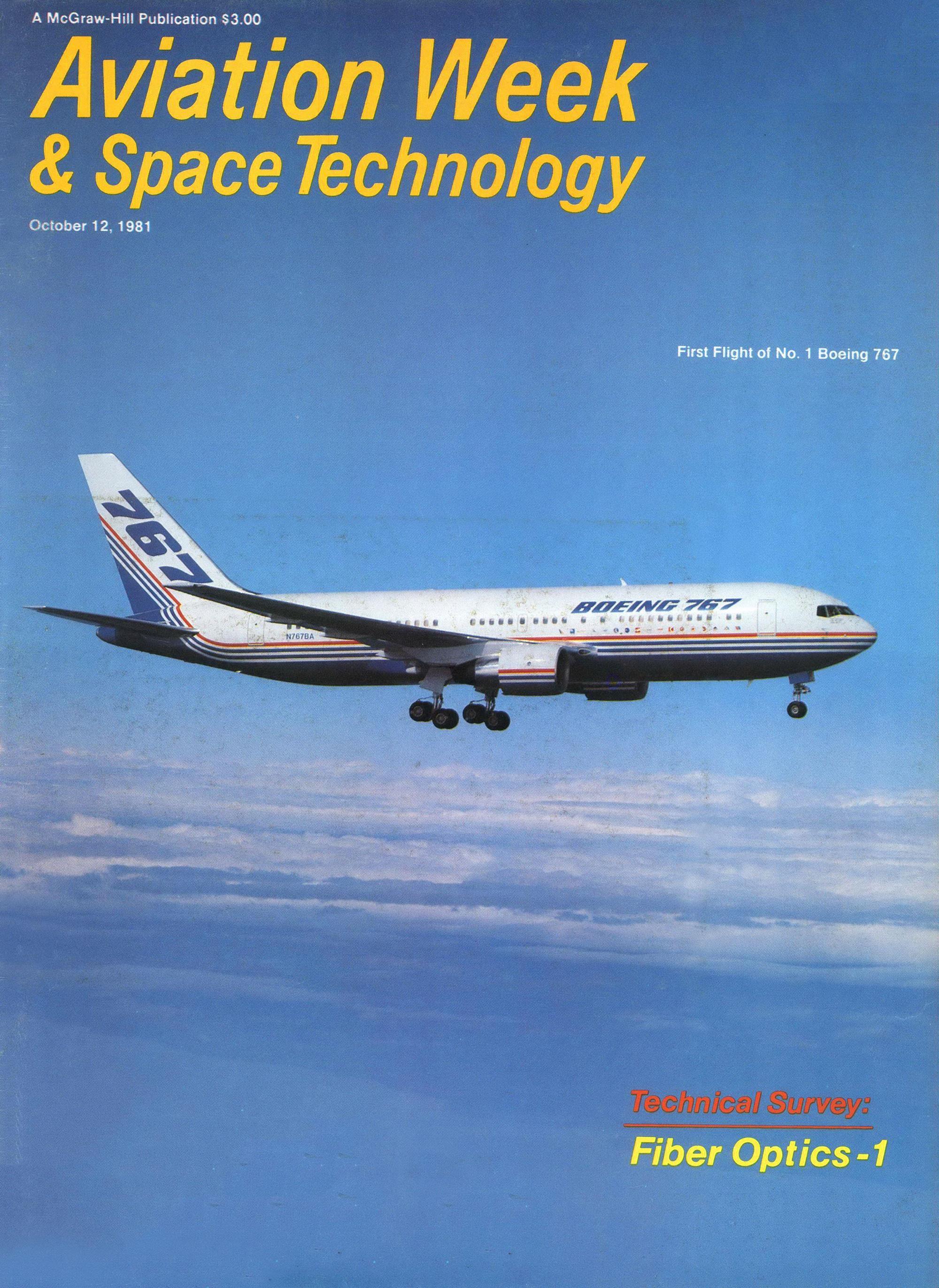
1982: James E. Killpatrick, Ted J. Podgorski and Dean Heinke, Honeywell
For transforming the laser gyro from a laboratory curiosity into a reliable inertial navigation sensor for the new Boeing 767.
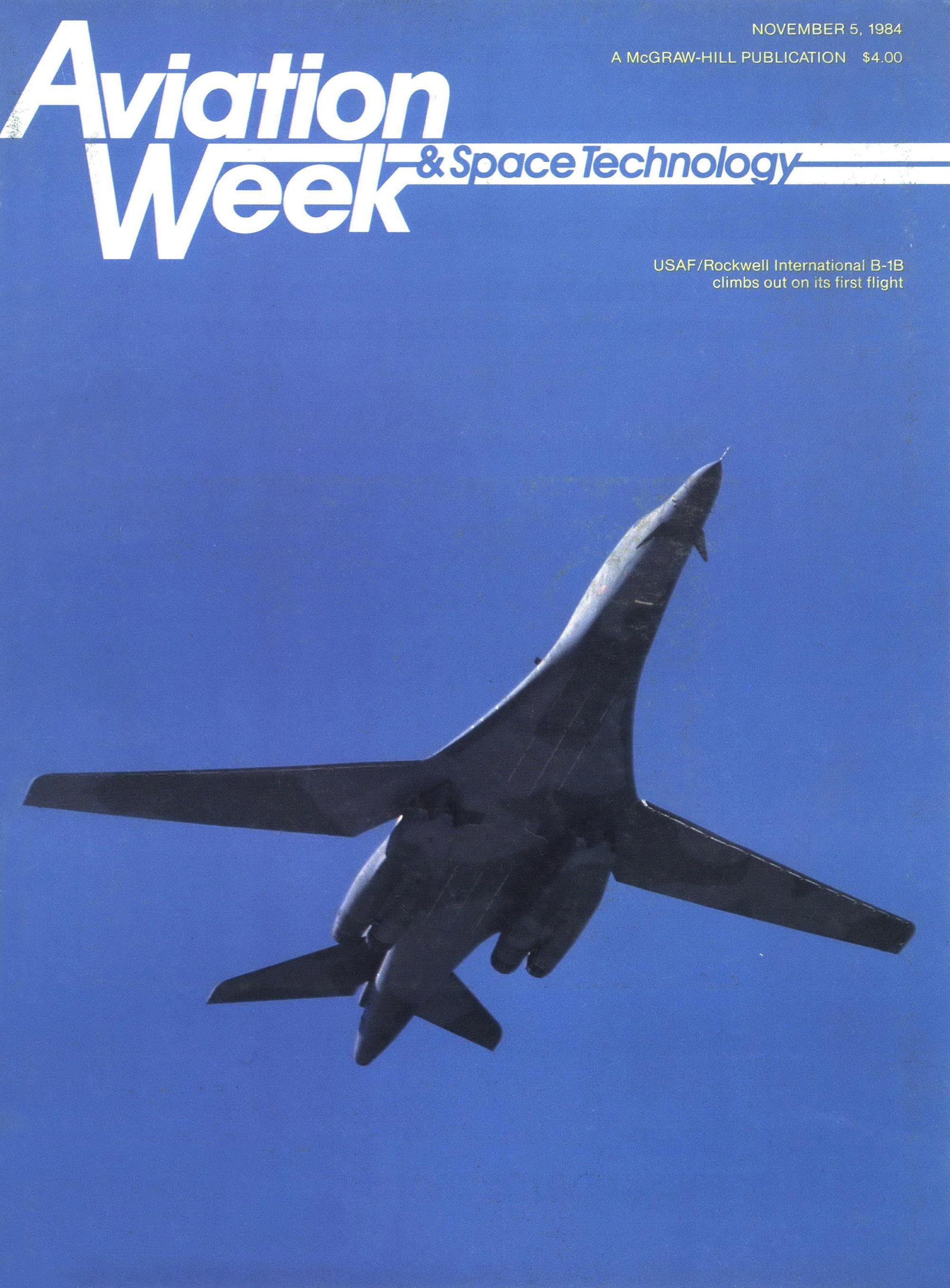
1983: USAF Maj. Gen. Bill Thurman and the B-1B Program Team at Wright-Patterson AFB
For tight management of the USAF/Rockwell International B-1B bomber development, keeping the highly visible procurement within budget and ahead of schedule.

1984: Chuck Sewell, Chief Test Pilot, Grumman Aerospace Corp.
For high performance testing of the low-altitude, high angle-of-attack, asymmetric thrust program for the U.S. Navy/Grumman F-14 Tomcat fighter.
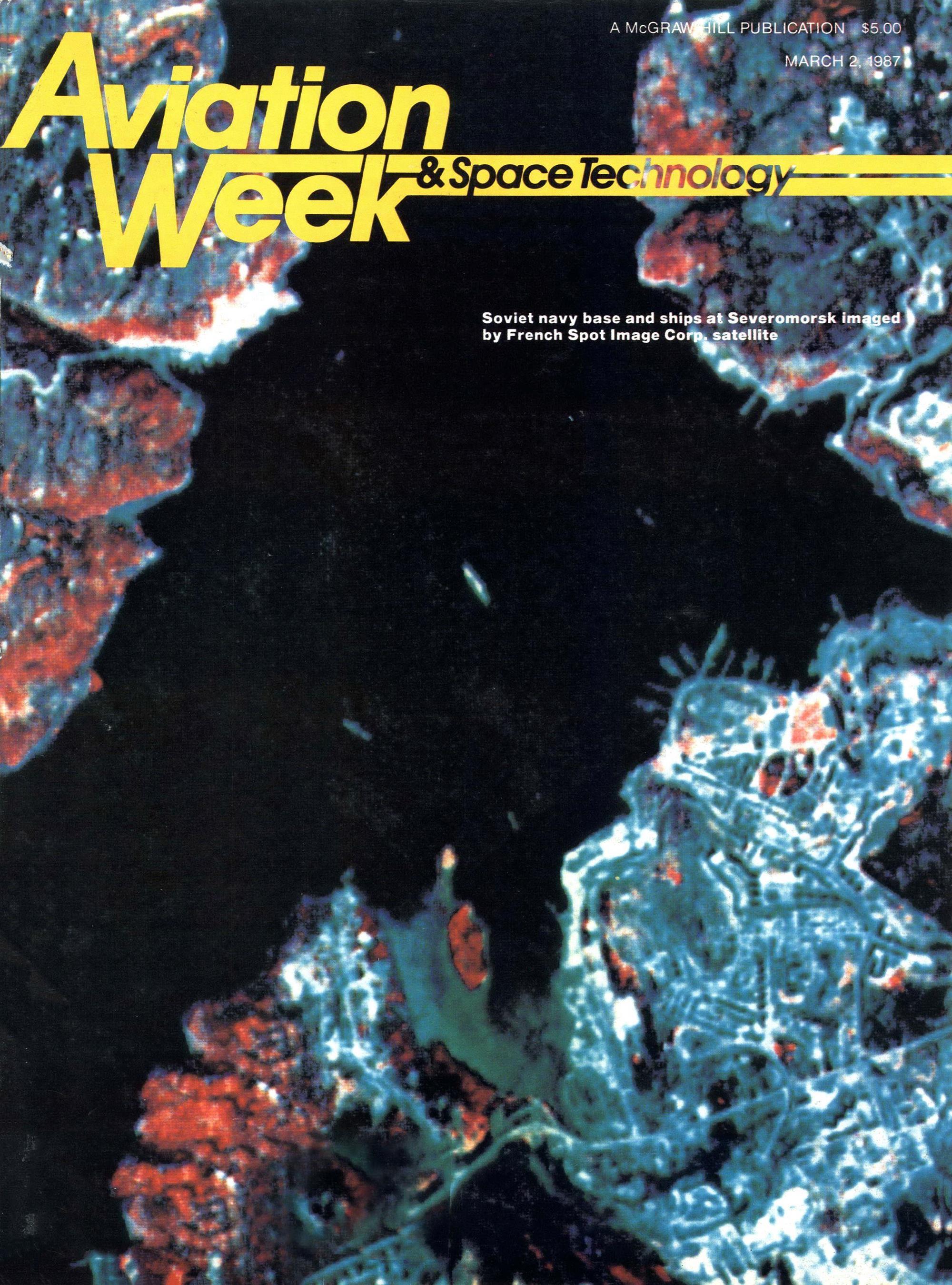
1985: Gerard Brachet, Chairman and President, Spot Image
For his key role in establishing France’s program for the CNES Spot Earth resources satellite and implementing a commercially oriented international distribution network.

1986: Crew of Space Shuttle Challenger
Who died because elements of their support team grew complacent about the unforgiving realities of space flight. They remind us that progress can still extract a heavy toll.
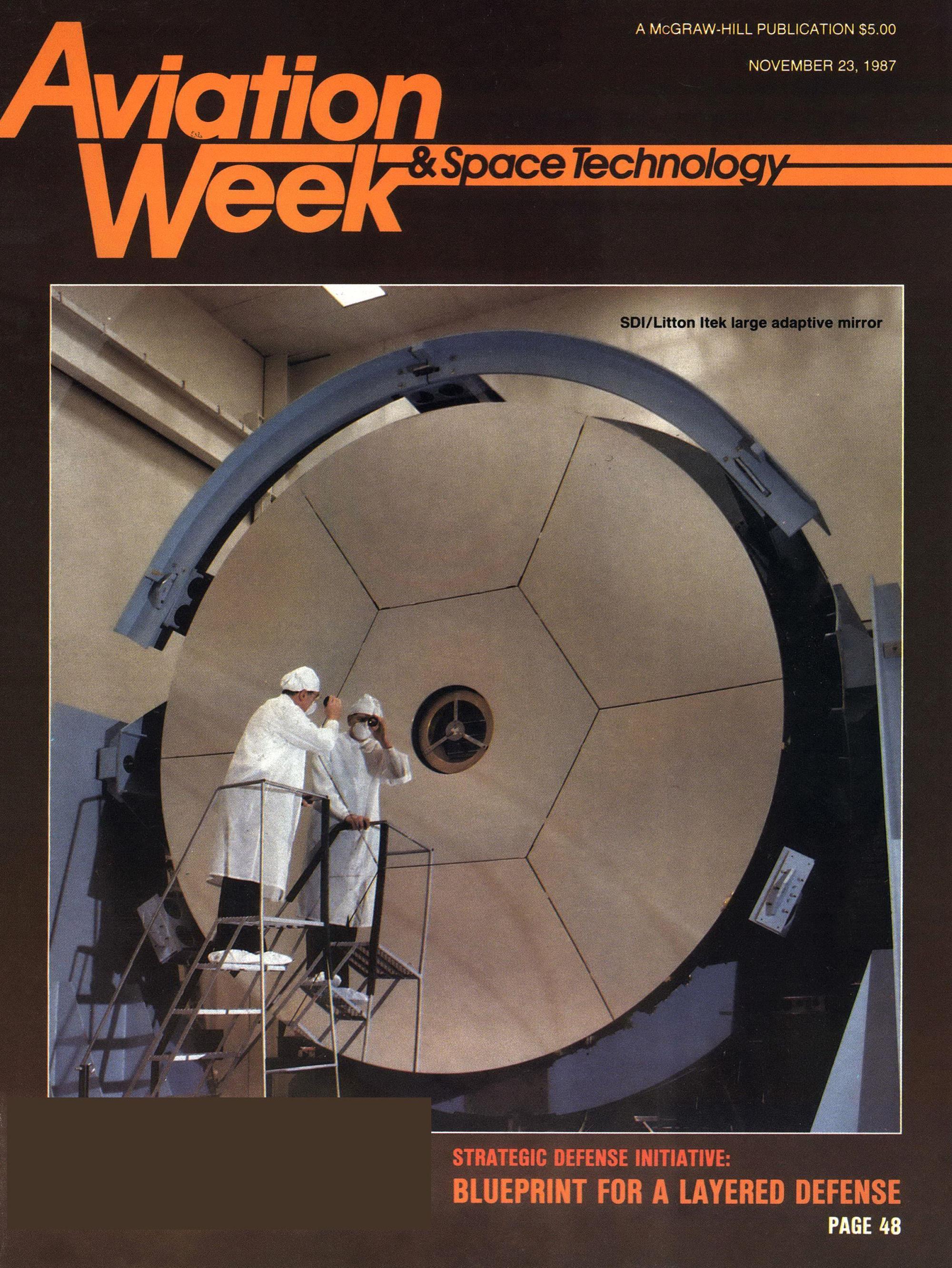
1987: U.S. President Ronald Reagan
For unwavering support of the Strategic Defense Initiative despite intense U.S. political and Soviet pressure to abandon the ballistic missile defense system.
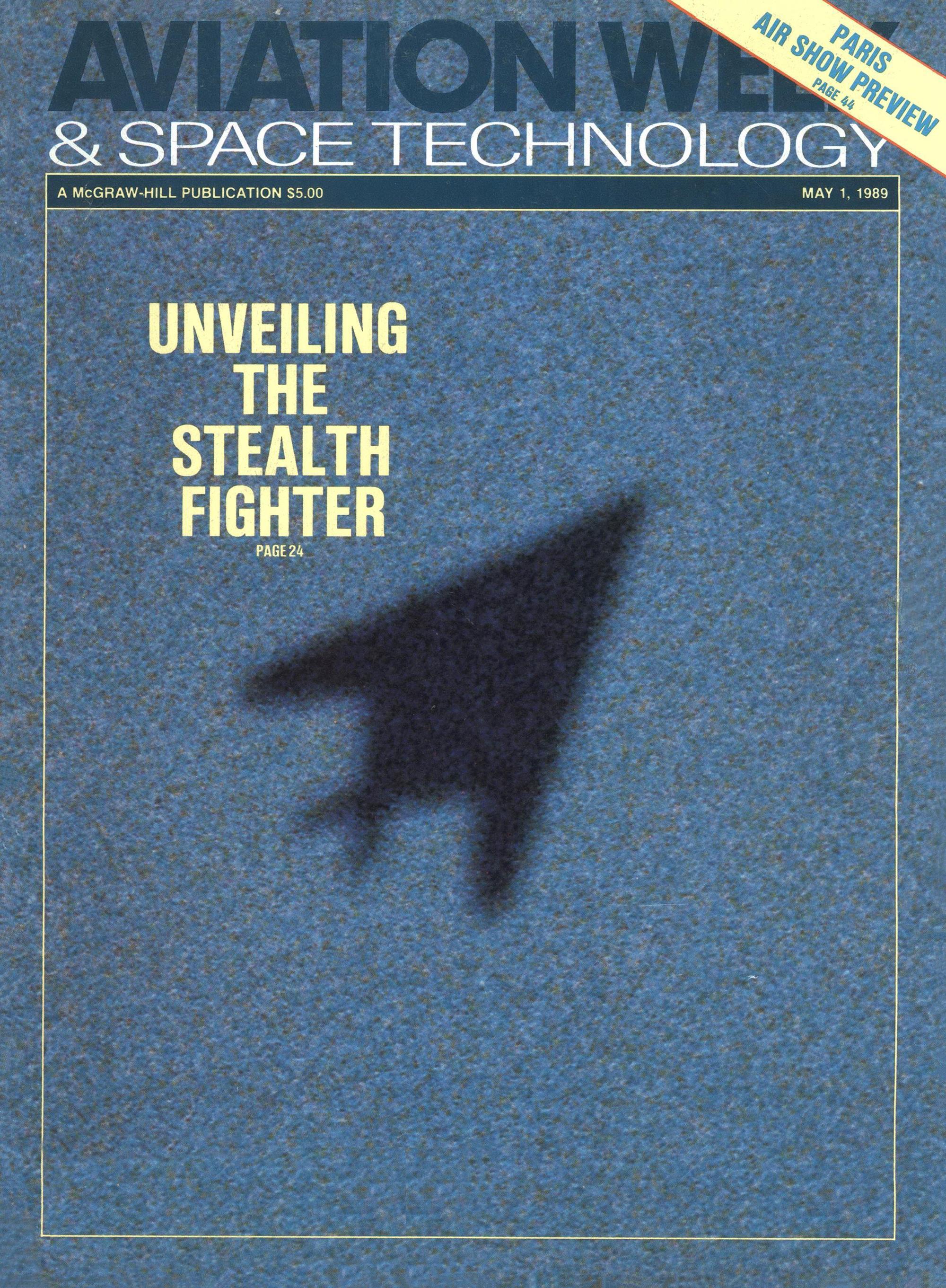
1988: Ben Rich, Executive Vice President/General Manager, Lockheed Skunk Works
For rapidly developing exotic aircraft with a small team of engineers, keeping corporate and Defense Department officials at arm’s length to turn new ideas into hardware.

1989: Lord King, Chairman, and Sir Colin Marshall, CEO, British Airways
For transforming a nearly bankrupt government entity into a top-ranked, globally competitive private airline and posting record profits.
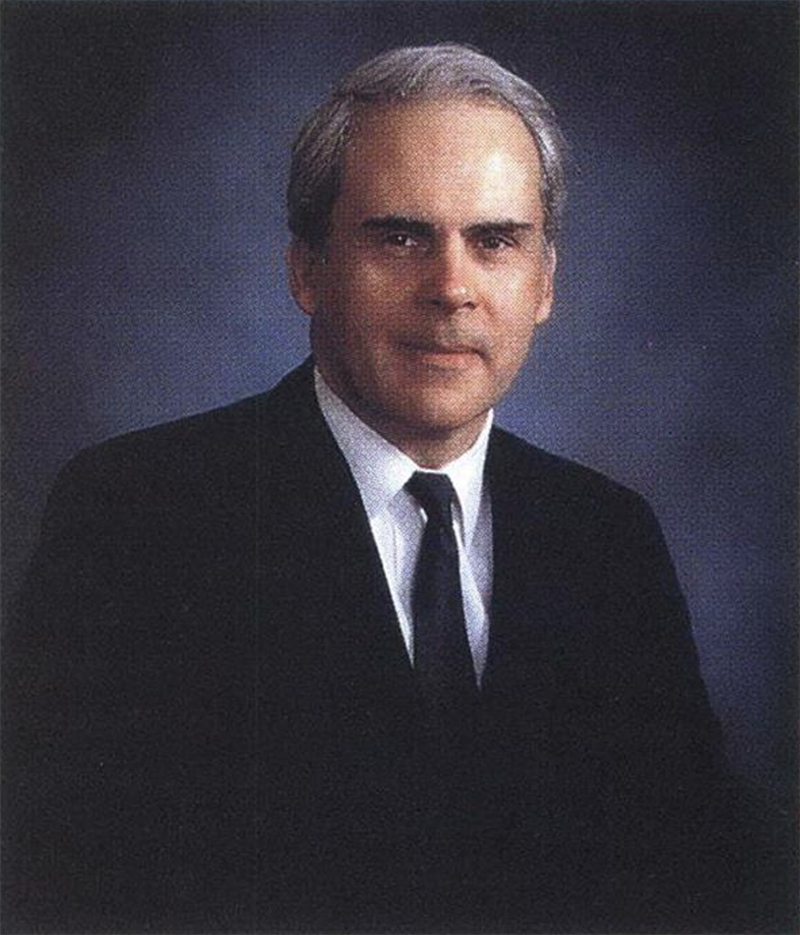
1990: Frederick W. Smith, President, Chairman and CEO, Federal Express
For building the world’s largest express transportation company, achieving high customer and employee satisfaction, and participation in Operation Desert Shield.
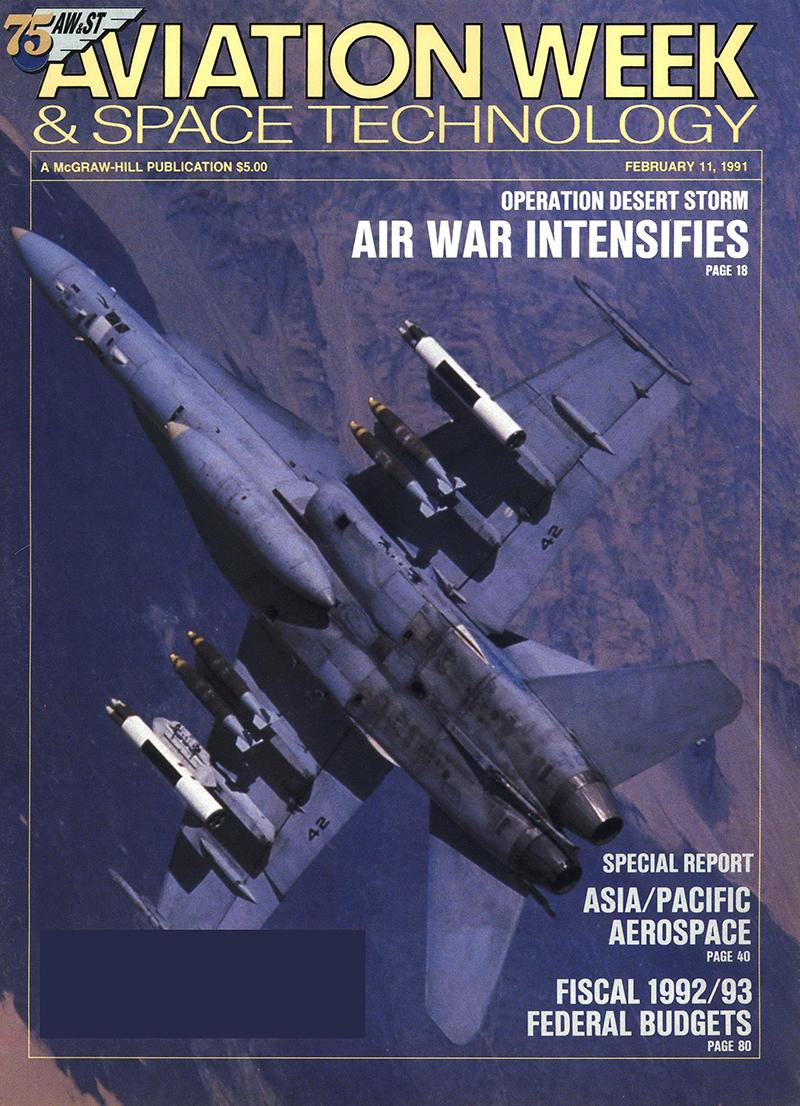
1991: USAF Lt. Gen. Charles A. Horner, Commander, Allied Air Forces, Operation Desert Storm
For making air power the decisive element in the allied campaign to liberate Kuwait from Iraqi invaders.
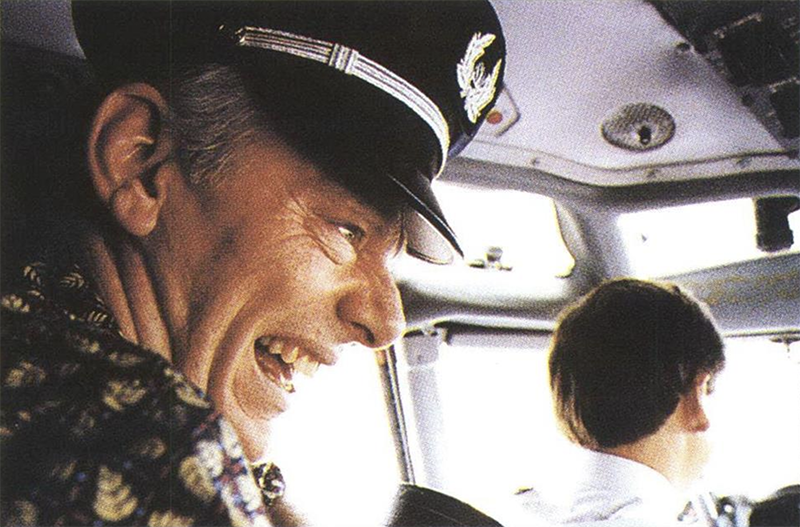
1992: Herbert D. Kelleher, Chairman, President and CEO, Southwest Airlines
For standing alone in 1992 as the profit-making major airline among the battered, debt-ridden U.S. airlines by maintaining its go-it-alone policy and short-haul philosophy.

1993: The First Servicing Mission of the Hubble Space Telescope
The hundreds of men and women who designed and built hardware and planned and executed the first servicing mission of the Hubble Space Telescope.
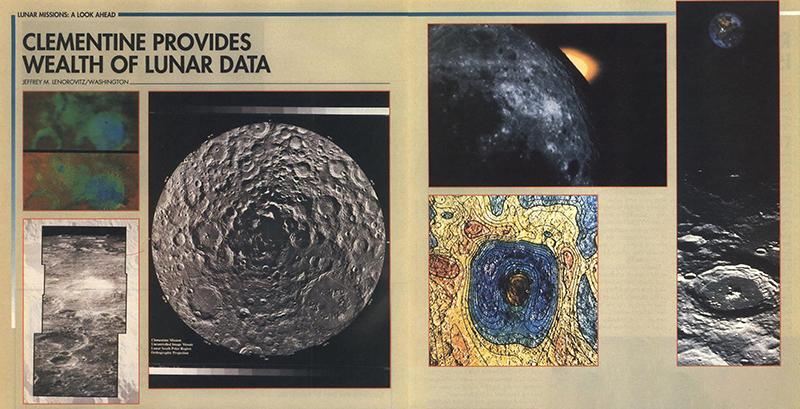
1994: Col. Pedro L. Rustan, Jr., and Paul Regeon, Clementine Program Managers, BMDO and NRL
For returning the U.S. to the moon after more than two decades with a low-cost, 1,000 lb. probe that mapped virtually the entire lunar surface with high resolution in ultraviolet, visible and infrared spectra.
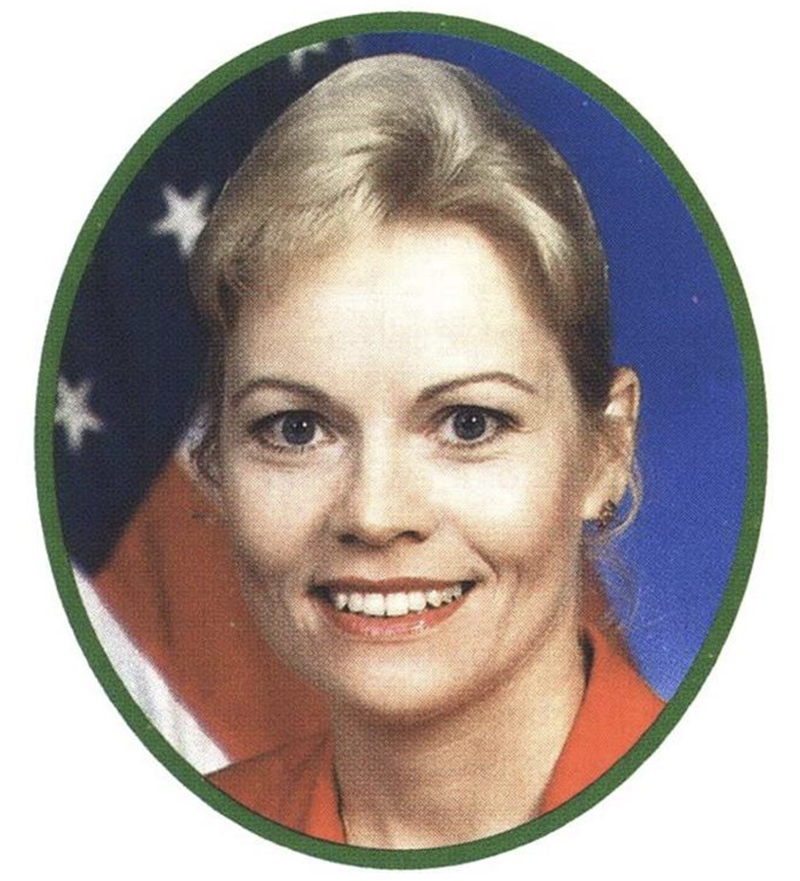
1995: Mary Fackler Schiavo, Inspector General, U.S. Transportation Department
For making aviation safety issues the chief focus on her tenure and launching a campaign to track down and prosecute providers of “bogus” airplane parts.
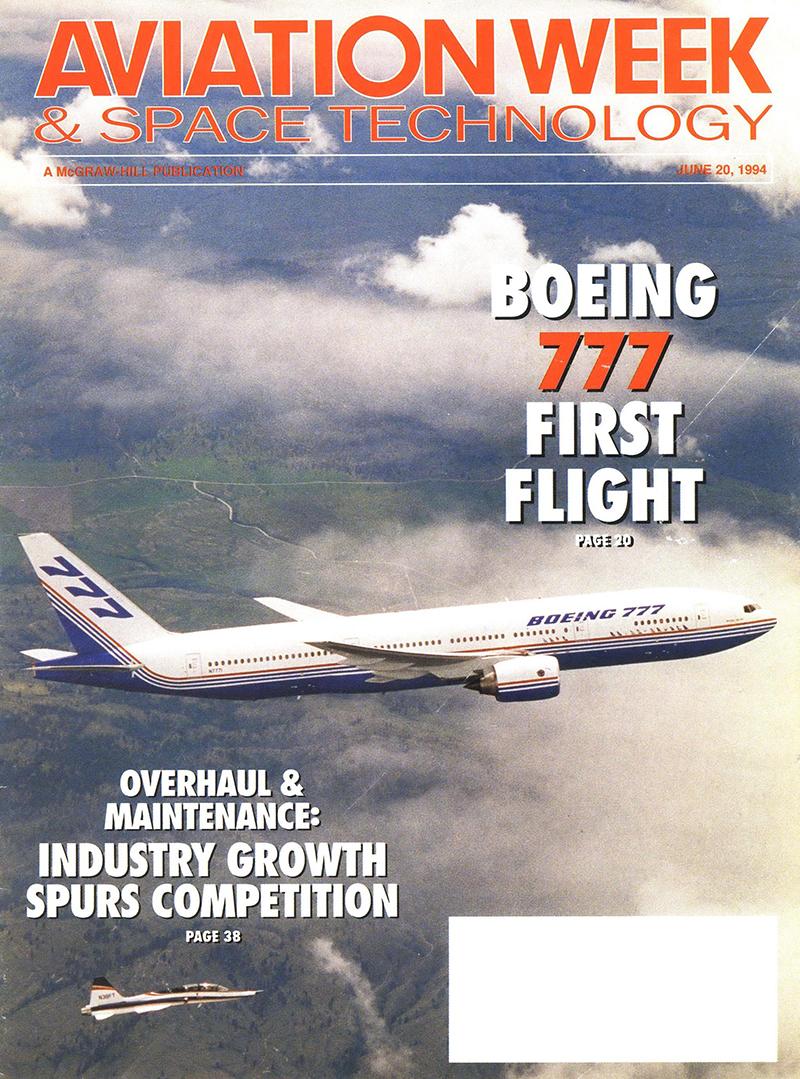
1996: Phil Condit, Alan Mulally, Dale M. Hougardy and Ronald A. Ostrowski, Boeing
For the Boeing 777, the world’s largest commercial twinjet, which achieved a dispatch reliability rate of 98.4% in less than two years after entering service.
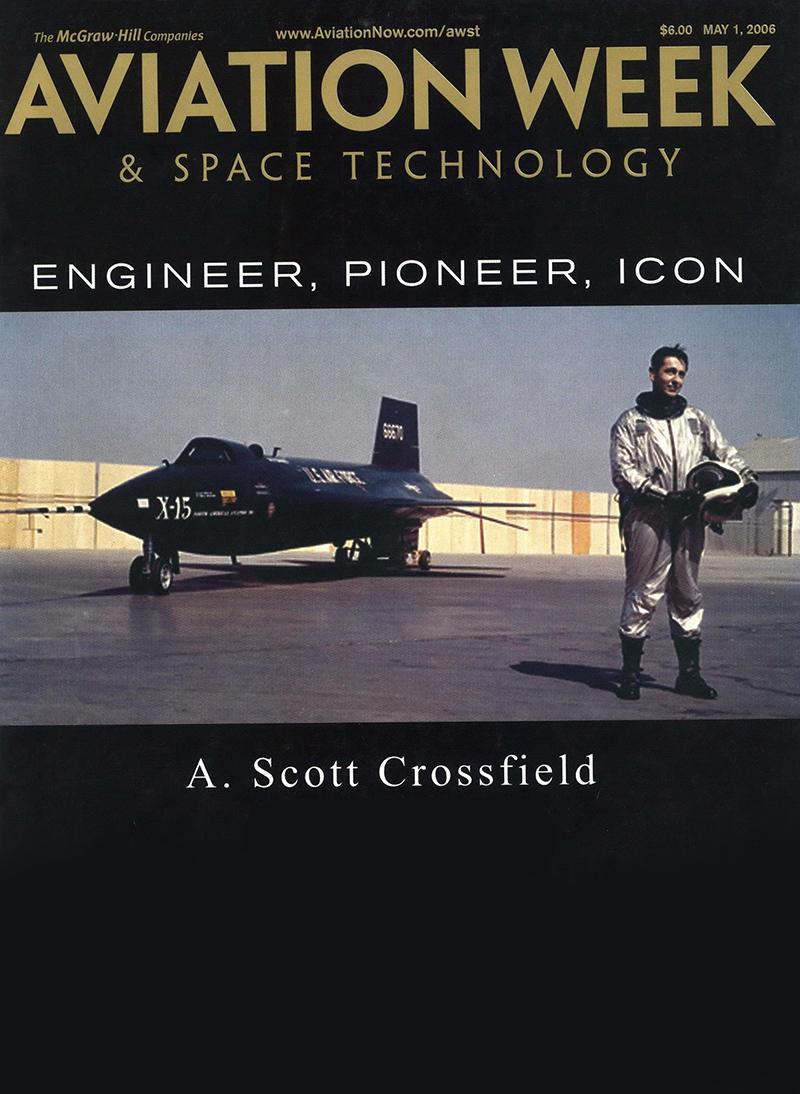
1997: A Scott Crossfield, Engineer and Test Pilot
Lifetime achievement award for helping design the USAF/NASA X-15 hypersonic research aircraft and for perfecting it in flight.
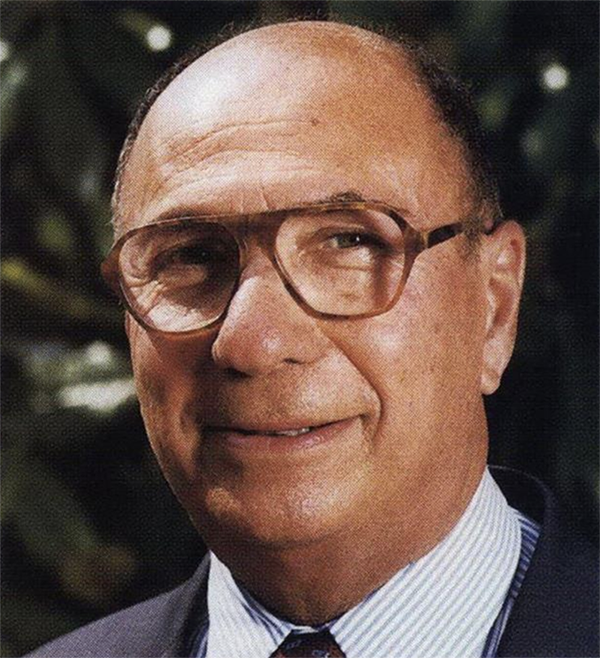
1998: Serge Dassault, Chairman and CEO, Dassault Aviation
For leading a fiercely independent aircraft manufacturer and achieving good financial health amidst declining post-Cold War military budgets.

1999: Sir Richard Branson, Chairman, Virgin Atlantic Airways
For his drive in growing the upstart trans-Atlantic carrier into an airline with 29 aircraft flying to 18 destinations around the globe.

2000: Mauricio Botelho, President and CEO, Embraer Aircraft
For correctly gauging the commuter airline industry’s shift from turboprops to jets, transforming Embraer into the world’s fourth largest commercial aircraft builder.

2001: U.S. Air Force/Northrop Grumman Global Hawk
For deploying the high-altitude, endurance unmanned aircraft to support the war in Afghanistan following the Sept. 11 terrorist attacks.

2002: Steve Fossett
For flying around the world solo in a balloon, a feat that took six tries and nearly 10 years to achieve.

2003: Col. Yang Liwei
For the first flight of a Chinese manned space mission in October 2003, making China the third nation with a human spaceflight capability.

2004: Scaled Composites President Burt Rutan, test pilots Mike Melvill, Brian Binnie and Pete Siebold and Mission Control Director Doug Shane
For Scaled Composites’ SpaceShipOne, the first privately funded, manned space flight and winner of the Ansari X Prize.

2005: Airbus A380 Engineering and Flight Test Team
For its technical achievement in bringing the mega-transport to its first flight in April 2005.

2006: Mark Lewis, Chief Scientist, U.S. Air Force
For being the driving force behind the Pentagon’s commitment to furthering hypersonic flight through the X-51A demonstrator project.
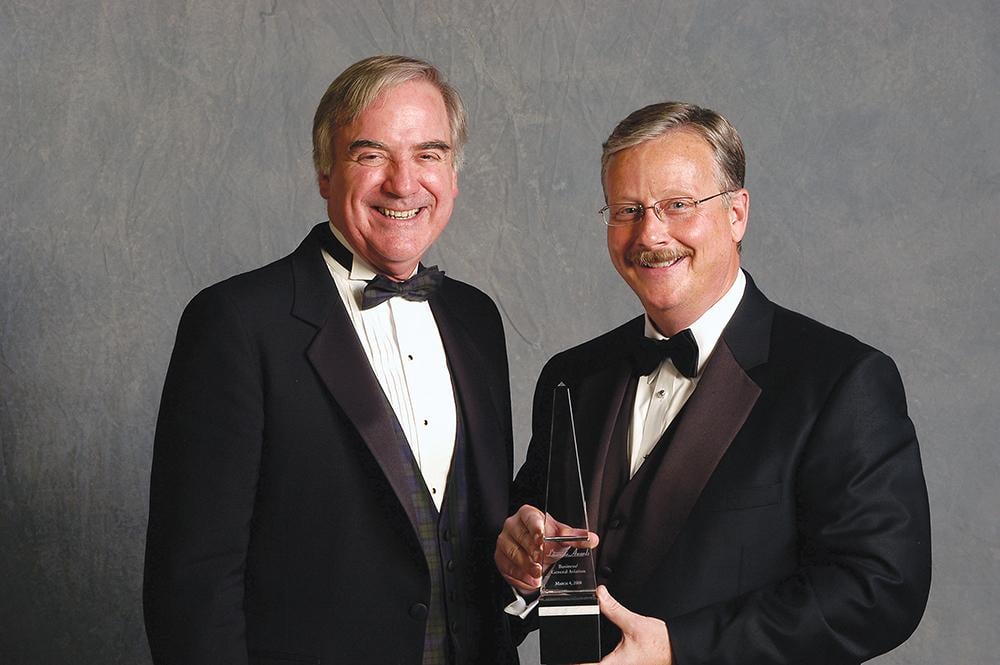
2007: Jack Pelton, Chairman, CEO and President, Cessna Aircraft
For stimulating the marketplace by expanding the offerings of the world’s most extensive line of business and general aviation aircraft.

2008: Elon Musk, Founder, President and CEO, SpaceX
For his work in the dawn of commercial space transportation, investing millions in Falcon 1, the first privately financed liquid-fueled launch vehicle to orbit a payload.

2009: International Space Station
For making the transition from the largest space construction project in history to the first laboratory for long-duration experiments in microgravity.
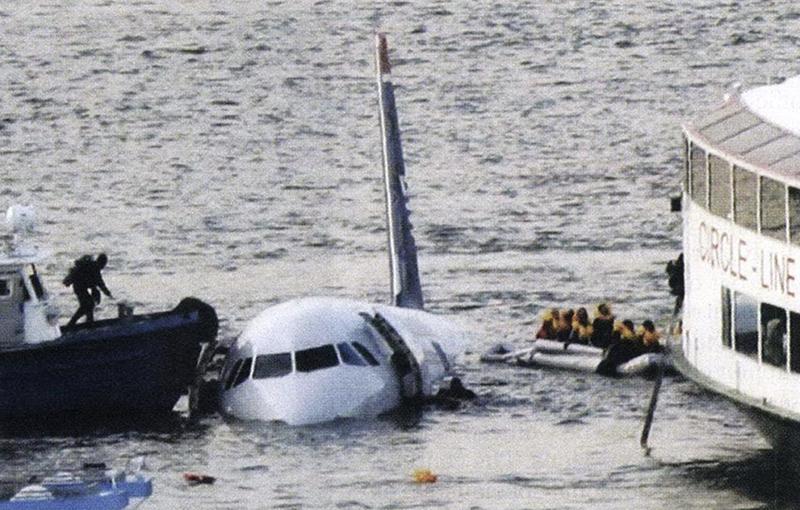
2010: Capt. Chesley B. “Sully” Sullenberger and the Crew Of U.S. Airways Flight 1549
For extraordinary professionalism and courage executing a dead-stick landing of an Airbus A320 on New York’s Hudson River after a bird strike disabled the aircraft’s engines.

2011: Thomas J. Cassidy, Jr., And Abraham Karem
For their pivotal roles in bringing about a revolution in unmanned air vehicles.
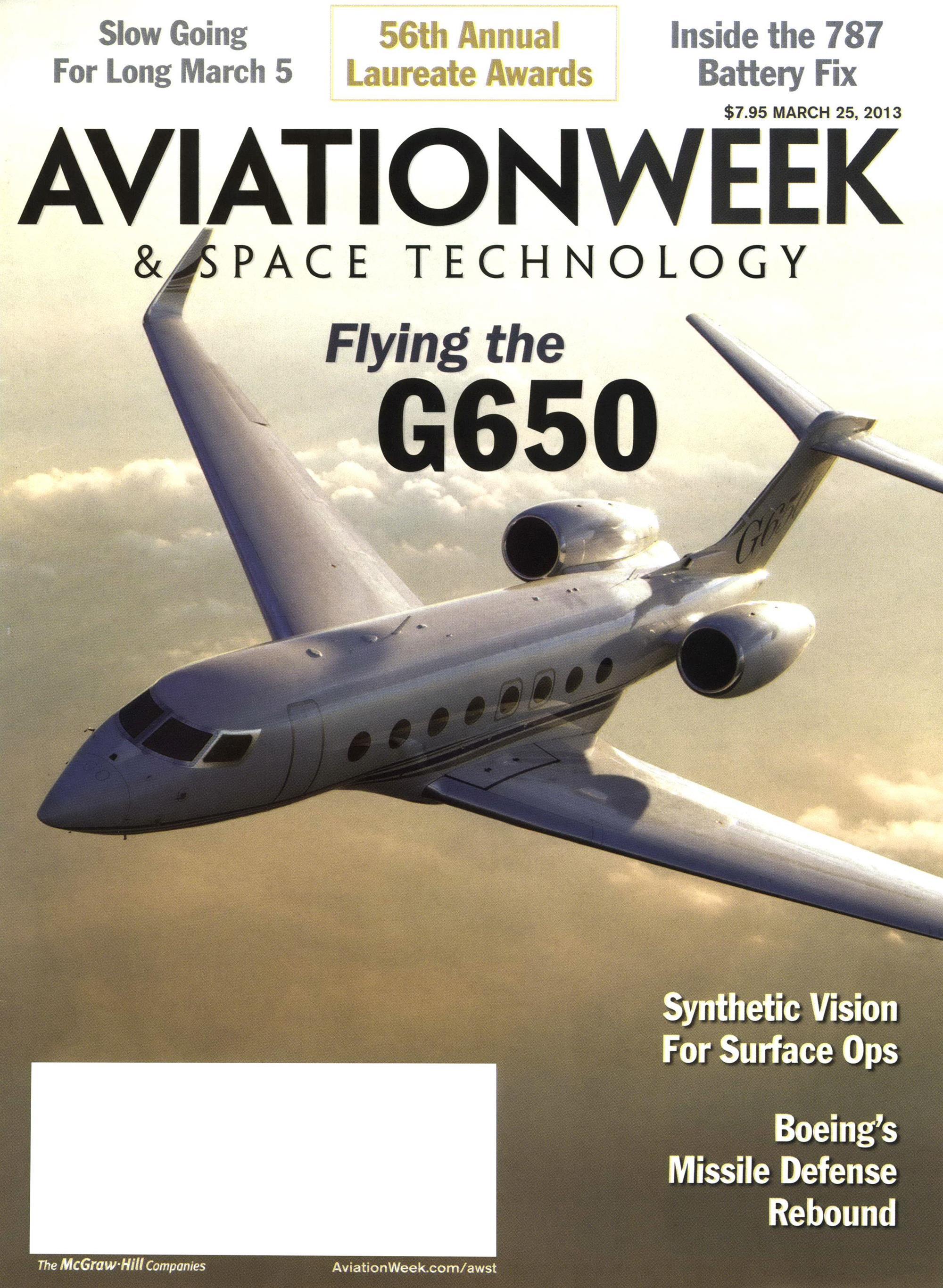
2012: Pres Henne, Gulfstream SVP Of Programs, Engineering And Test
For incorporating cutting-edge technical advances in development of the G650, Gulfstream’s largest and fastest business aircraft to date.
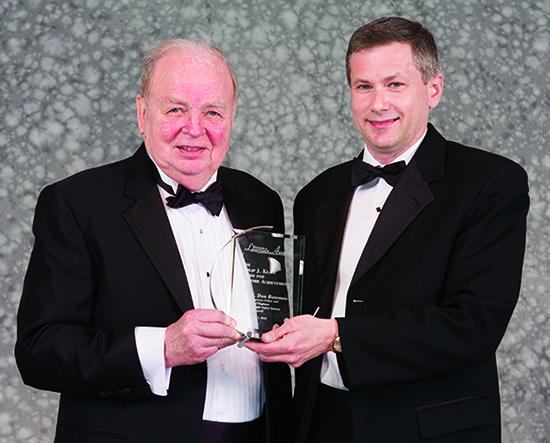
2013: C. Donald Bateman, Honeywell’s Chief Flight Safety Systems Engineer
For his lifelong dedication to air safety and inventions that saved thousands of lives.
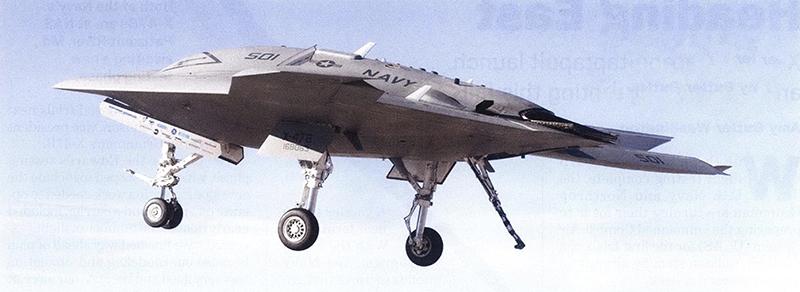
2014: U.S. Navy/Northrop Grumman X-47B Unmanned Combat Air System Team
For proving that a stealthy, unmanned aircraft can operate on and around an aircraft carrier deck.

2015: John Leahy, Head Of Global Sales At Airbus
For his role over three decades in transforming Airbus from a niche player to an aviation powerhouse, amassing $800 billion in sales along the way

2016: NASA’s New Horizons Pluto Probe
For returning “better than Hubble” views of the strange little world that lies at the edge of the Solar System and demonstrating “keep-it-simple” engineering in ambitious space projects.
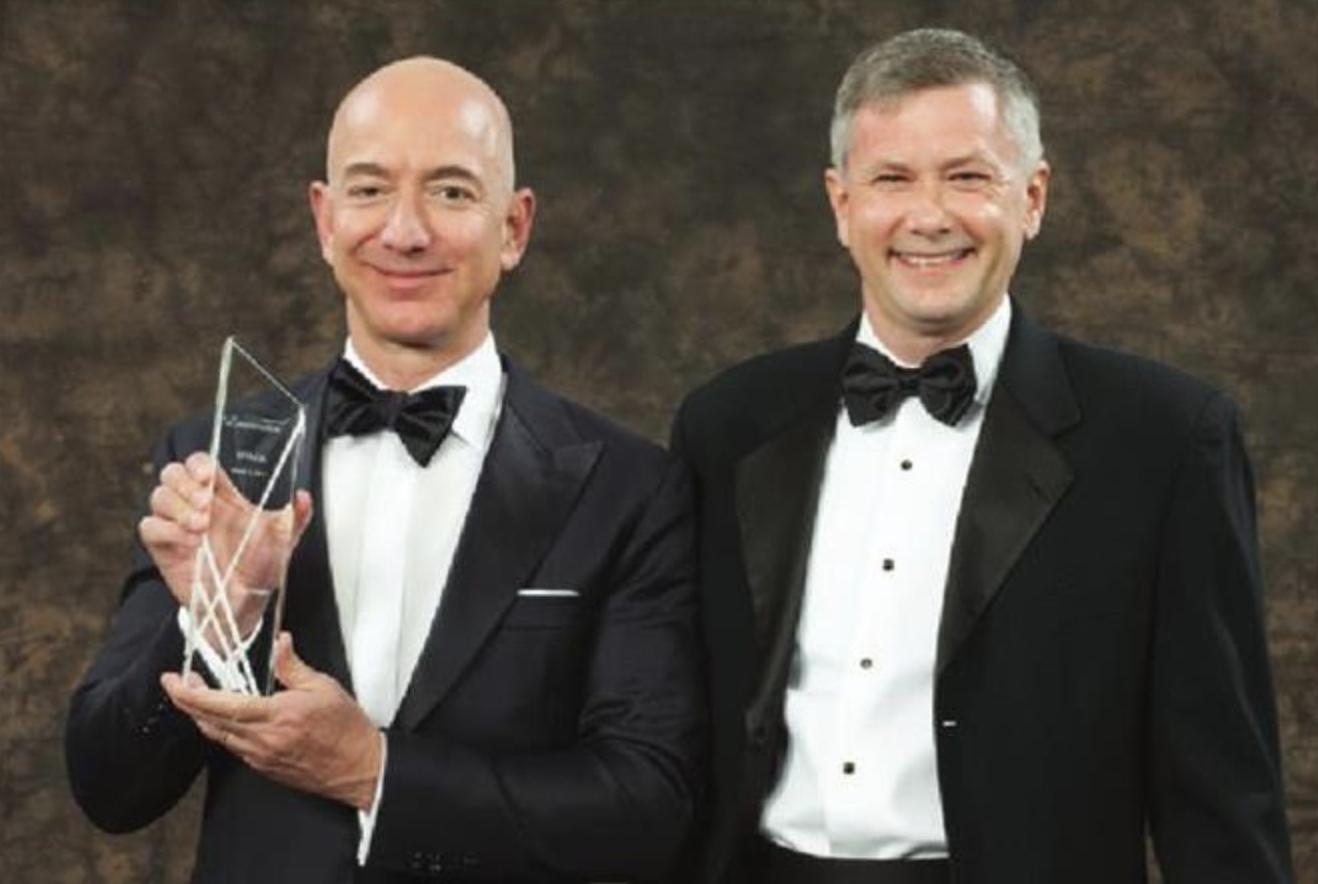
2017: Jeff Bezos, Founder, Blue Origin
For his vision of using ever larger reusable rockets to send an entire economy into Earth orbit and beyond and for bankrolling development of a rocket engine to launch U.S. national security payloads.

2018: Peggy A. Whitson, U.S. Astronaut
For setting a new record for cumulative time in space (665 days) and being the first woman to head NASA’s Astronaut Office and command the International Space Station.
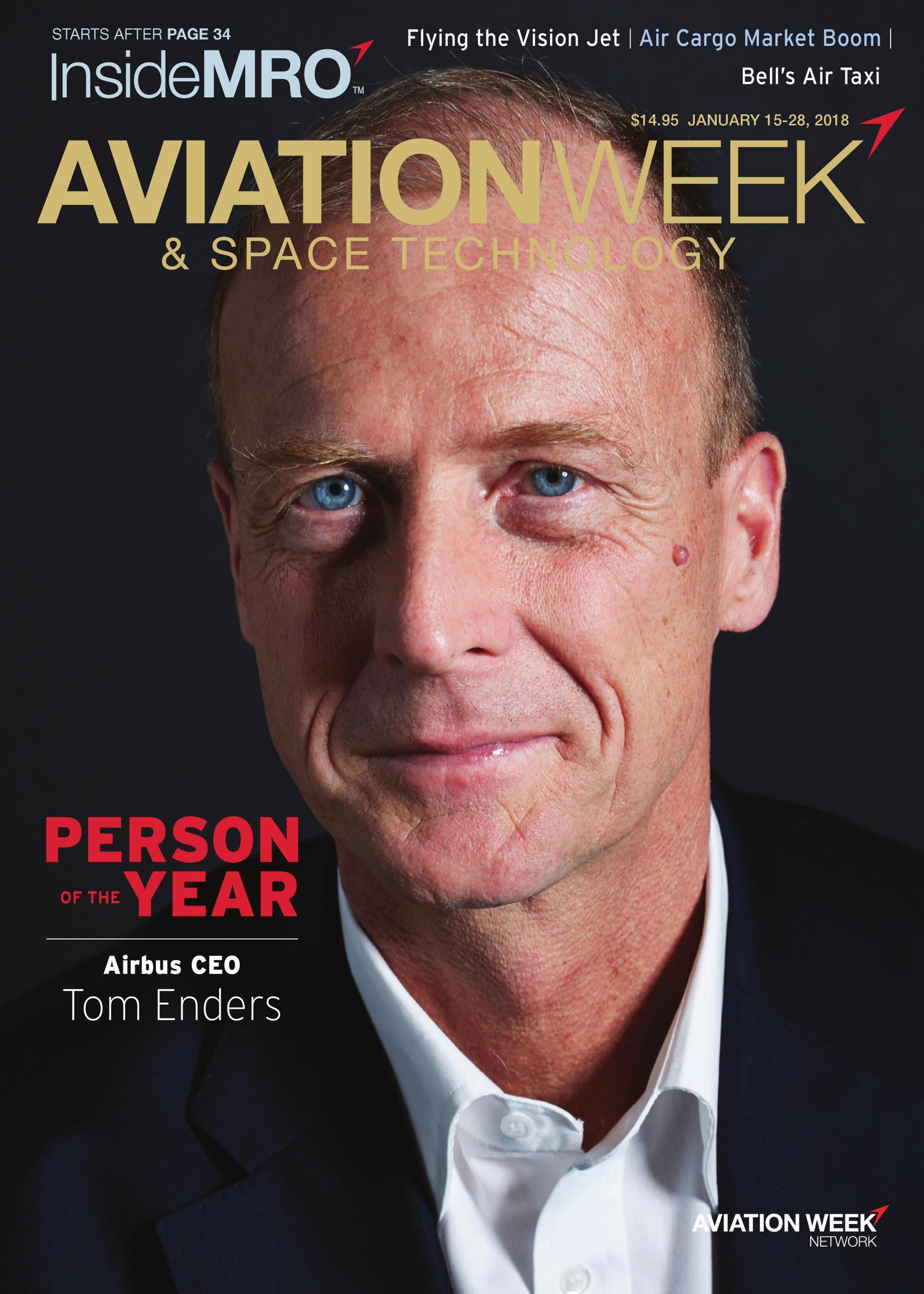
2019: Tom Enders, Airbus CEO
For leading a remaking of the company by reducing government interference, pursuing investor-based strategies and launching the A350 and A320neo families.
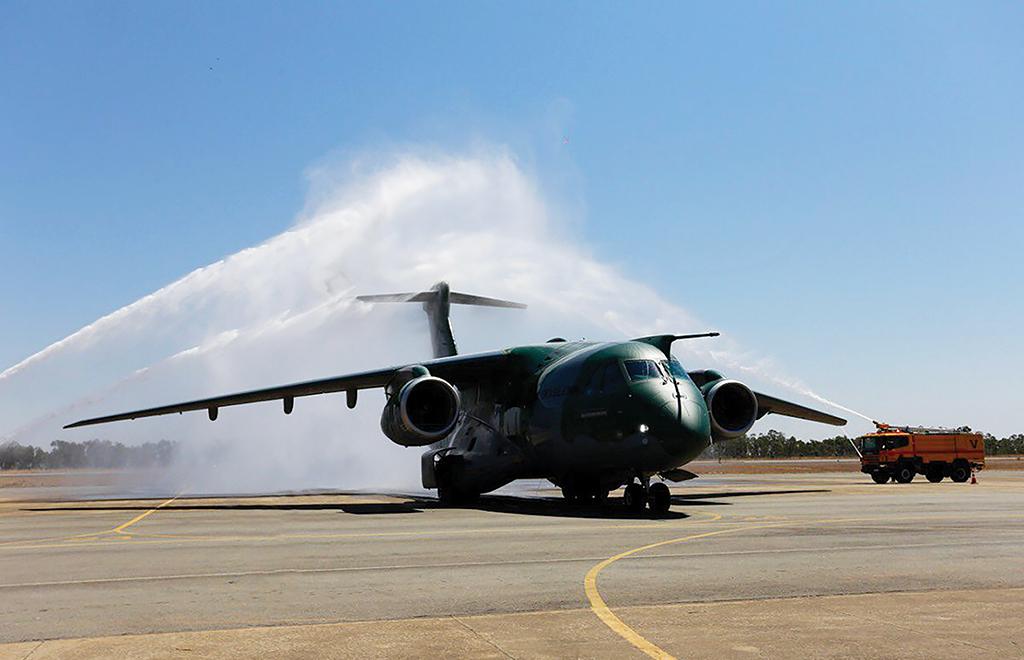
2020: Embarer C-390 Millenium Tanker/Transport
The most sophisticated aircraft yet developed by Embraer and the most ambitious defense development program in South American history.

2021: Marillyn Hewson, Former Lockheed Martin CEO
For her role as one of the most accomplished U.S. chief executives, presiding over the challenging ramp-up of the global F-35 program and achieving robust earnings and record backlogs.
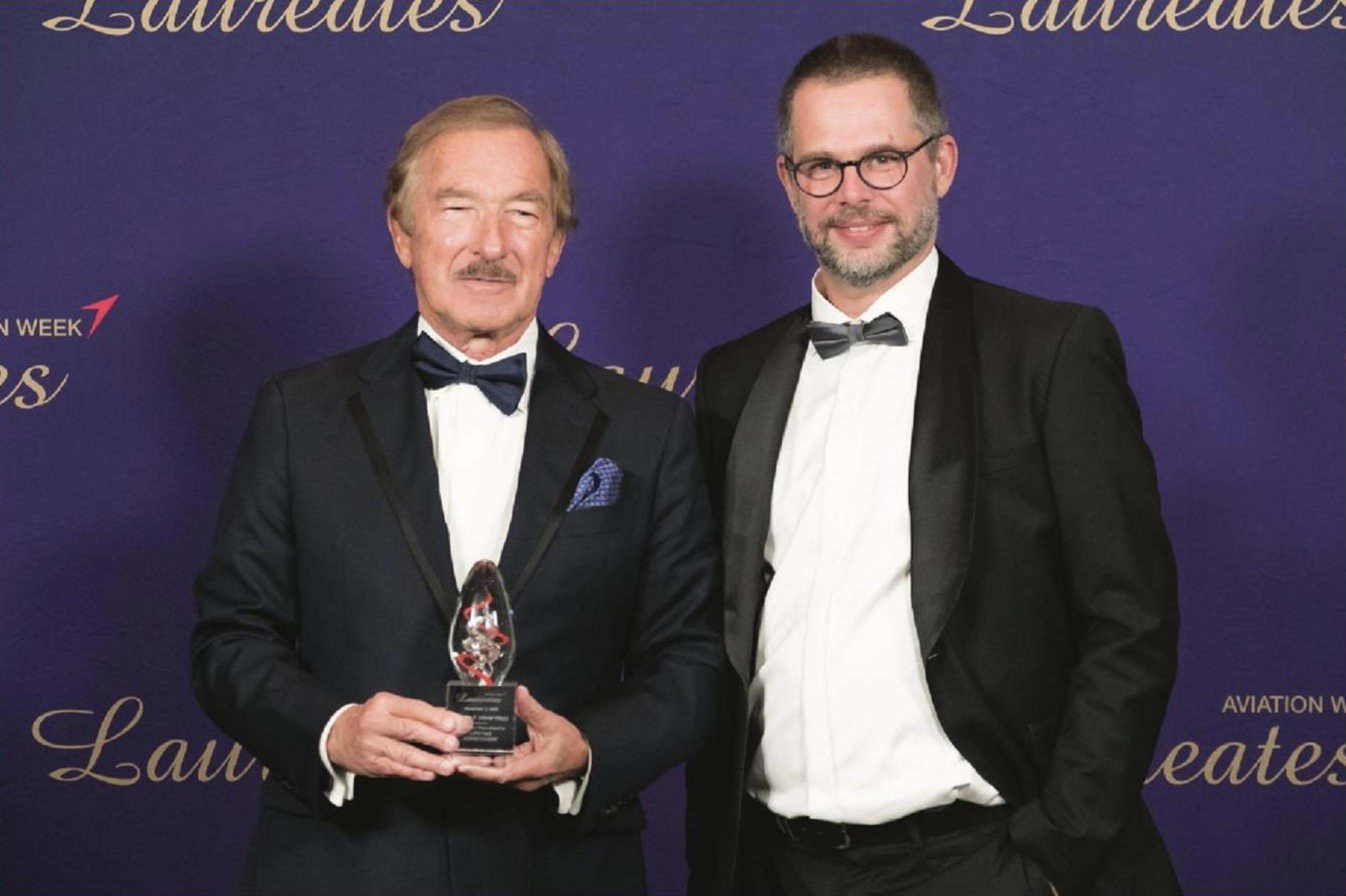
2022: Steven F. Udvar Hazy, Air Lease Pioneer
For his role as the founding father of the leasing sector that now owns more than half of the global commercial aircraft fleet, and as the driving force behind a new U.S. National Air and Space Museum annex outside Washington.

2024*: Northrop Grumman B-21 Raider
For achieving its first flight eight years after contract and less than a year after its public rollout, opening the door for low-rate production of the first U.S. bomber in three decades.
*There were no Laureates in 2023 due to schedule changes during the COVID-19 crisis.
The Aviation Week Network's Laureate Awards have been a prestigious recognition program for many decades. Since the 1950s up to 2024, these awards have honored exceptional individuals and organizations that have made significant advancements and contributions to the fields of aviation and aerospace. The awards celebrate excellence and innovation within these industries, highlighting those who have played crucial roles in shaping their future.
The winners of the Aviation Week Network's 67th Laureate Awards have been announced, and tickets are now available for purchase.
The Laureate winners from the past 67 years:
Aviation Week Network's Laureate Award winners - 1950s - 1960s
Aviation Week Network's Laureate Award winners - 1970s
Aviation Week Network's Laureate Award winners - 1980s
Aviation Week Network's Laureate Award winners - 1990s
Aviation Week Network's Laureate Award winners - 2000s
Aviation Week Network's Laureate Award winners - 2010s - 2020s
#AWLAUR
Enjoy unlimited access to the complete Aviation Week Archive which has over 100 Years of Aviation Week — at your fingertips.
Every issue, every page, every article we have ever published. Your subscription includes full access to the archives, plus current Aviation Week & Space Technology articles (both digital and print packages available).